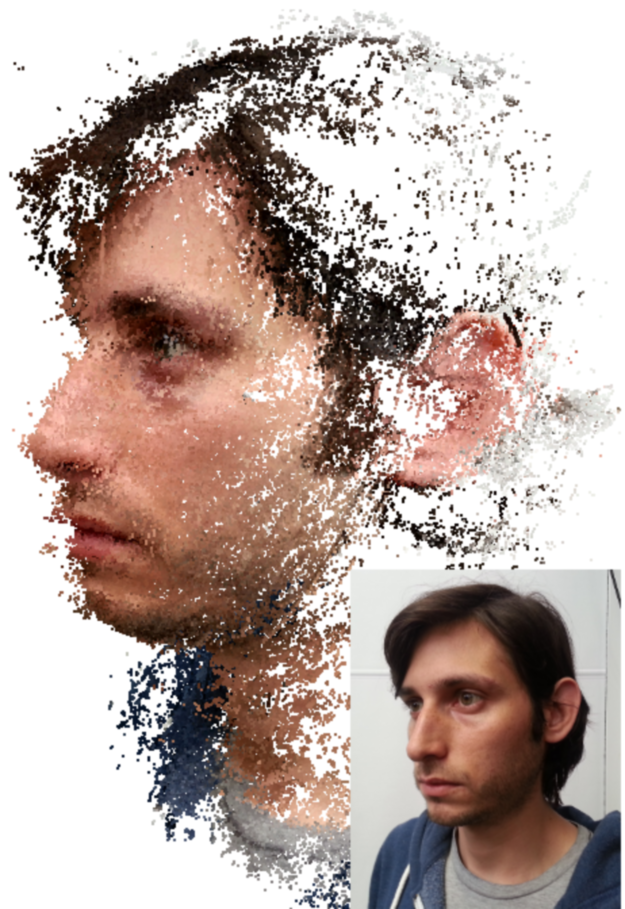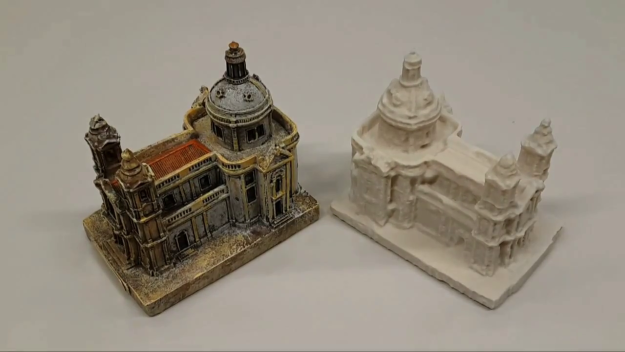By using the internal sensors of a phone, students at the Computer Vision and Geometry Lab of the Swiss Federal Institute of Technology were able to take a normal smartphone and turn it into a highly accurate mobile 3D scanner.

Instead of taking a normal photograph, the team simply moved the phone around the object to capture various geometrical data points. After enough information was collected, a 3D model appears on the screen.

As the user continues to move over and around the object, additional images are recorded and used to extend the 3D model.

All calculations are performed on the phone via an app the team developed, and feedback is provided immediately to let the user know what additional viewpoints need to be recorded in order to complete the 3D model.

This latter feature is incredibly useful, as most of today’s 3D scanning programs store batches of images together in a cloud for review at a later time. Instead, the 3D program the team built is able to determine the size of the scanned 3D object — as well as vertical direction — on-site and rather quickly. And it’s able to do this despite the complexity of the calculations needed to reconstruct hundreds of thousands of points vis-à-vis the smartphone’s graphics coprocessor.
Having such a simple, intuitive, and yet incredibly robust program available on a device like a smartphone allows users to perform 3D scanning on the go. All recorded data can then be uploaded later for visualization or augmented reality applications, or even be used for 3D printing to replicate the object of interest.

To learn more about the technology (and to see it in action), check out the video below:
Pending approval of their patent, the group's technology has proven it can function on several different smartphones, and was recently demonstrated for the first time publicly at the International Conference on Computer Vision.
Story via: cvg.ethz.ch
Advertisement
Learn more about Electronic Products Magazine





